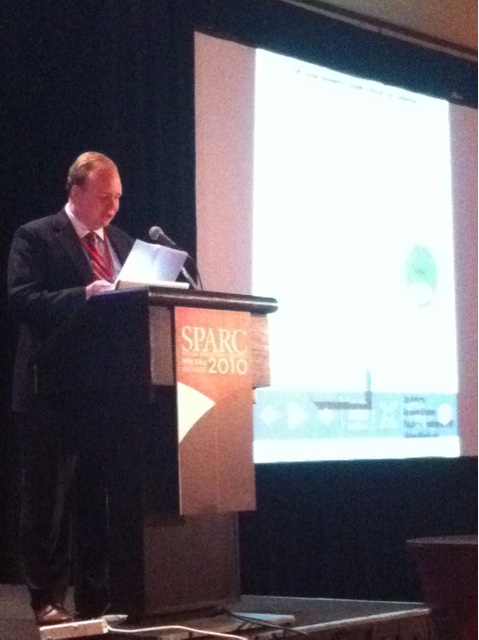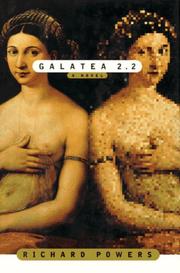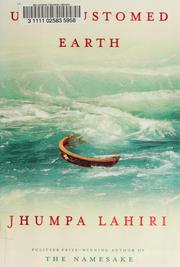Do you think writers of the caliber of Whitman, Baldwin, Marianne Moore, etc are writing in Brooklyn today?
That’s very difficult to say. I think, by and large, the passage of time does a better job than critics or journalists (or, say, me) of sorting out who the lasting and important voices really are. It might be particularly hard in the case of current Brooklyn writers in that a lot of the most well-known are quite young: Lahiri, Egan, Whitehead, Foer, Englander, Arthur Phillips, etc. All under 50 I think, sometimes well under. So important work lies ahead. But also there are always interesting writers out there who we don’t know about yet. Maybe they are immigrants or working-class men and women living in Brighton Beach or Coney Island and they haven’t managed to catch the notice of major publishers yet. Or maybe they don’t even know they’re important writers yet. Some of these people will emerge, just like, say, Kazin and Fuchs and Malamud did, coming from very poor environments.
Were there writers you thought of including? I wondered about lesser writers like Erich Segal, author of Love Story, and Chaim Potok, author of My Name is Asher Lev, for example.
There are a lot of people I considered but didn’t include, or mentioned only briefly. It was painful! You might also have mentioned Lovecraft, Gilbert Sorrentino (in there, but briefly), Asimov, George Oppen. But we wanted to keep the book to a certain length and keep it moving along. It’s not meant to be just a completist survey of Brooklyn lit. It’s meant to tell the story of BK through literature. So if one writer covered a certain theme or era well, that sometimes meant others in the same vein were underplayed.
Have you read MFA vs NYC? (excerpted here)? Any thoughts about this quote?
And the NYC writer, because she lives in New York, has constant opportunity to intuit and internalize the demands of her industry. It could be objected that just because the NYC writer’s editor, publisher, agent, and publicist all live in New York, that doesn’t mean that she does, too. After all, it would be cheaper and calmer to live most anywhere else. This objection is sound in theory; in practice, it is false. NYC novelists live in New York—specifically, they live in a small area of west-central Brooklyn bounded by DUMBO and Prospect Heights. They partake of a social world defined by the selection (by agents), evaluation (by editors), purchase (by publishers), production, publication, publicization, and second evaluation (by reviewers) and purchase (by readers) of NYC novels. The NYC novelist gathers her news not from Poets & Writers but from the Observer and Gawker; not from the academic grapevine but from publishing parties, where she drinks with agents and editors and publicists. She writes reviews for Bookforum and the Sunday Times. She also tends to set her work in the city where she and her imagined reader reside: as in the most recent novels of Shteyngart, Ferris, Galchen, and Foer, to name just four prominent members of The New Yorker’s 20-under-40 list.
I have read it. I think the passage you quote is not strictly accurate, but I think Harbach was not trying to be strictly accurate–intentionally he’s creating an exaggerated binary between the MFA writer and the NYC writer. And you know, I think he’s actually on to something. (Maybe I should mention that I know and am friendly with Harbach.) It does seem just true, doesn’t it, that novelists can live anywhere but a huge number of them live in Brooklyn to be a part of the literary scene that exists here. I think in some ways that’s a natural response to the loneliness of being a writer–you want a tribe. I don’t think that’s something to be lamented, though it’s not something that everyone celebrates either–it can lead to an exclusionary feeling if someone feels her work is not being seen just because she doesn’t go to the Brooklyn parties.
Any response to the article in The American Scholar?
I didn’t think that was a very good or persuasive piece. Maybe I’m biased. But it did seem suspect that he had to drag in many people who do not live in Brooklyn at all (Michael Chabon, Dave Eggers, Benjamin Kunkel) to make his strangely vindictive case. I also think he’s just factually wrong that tons of contemporary books are set in Brooklyn. It’s actually something of a disappointment to me that many interesting Brooklyn authors have not set books here.
Seems like the book would be a great companion to a walking tour and/or pictorial rendition.
I have given a couple of walking tours as events for the book and it was a lot of fun. Some day I’ll do another I’m sure. I plan to incorporate some pictures for talks I’m doing at the Brooklyn Public Library (Dec 14 at 7 pm) and the Mid-Manhattan Library (Jan 5, 6:30 pm).
As a librarian, am curious to know: What was your best research aid? Did the Brooklyn Historical Society and the Brooklyn Collection of the Brooklyn Public Library have the majority of what you needed?
The Brooklyn Collection was very helpful. They have some open shelves that can help you discover books you might not come across just by googling or using Amazon. And so was the Brooklyn Historical Society, which also has a nice syllabus of Brooklyn reading that they’ll give you. I should also point out that the book is not a scholarly work in the sense that I did not dig into archives of primary sources (except rarely) in order to discover facts that no, say, Whitman scholar had ever found. It was much more about synthesizing the work of scholars and uniquely focusing on the relationship between Brooklyn and the writers’ work and lives.
Did you have any models in mind for the history of city life? Thought this was a unique and clever way of writing literary history.
You know, actually I don’t know of anything very similar. I have heard there is some crossover with a recent book on Paris by Graham Robb [ed. note Parisians]. But in terms of using literature and its themes to tell history, one great model is a book I wrote about, On Native Grounds, by Alfred Kazin.




